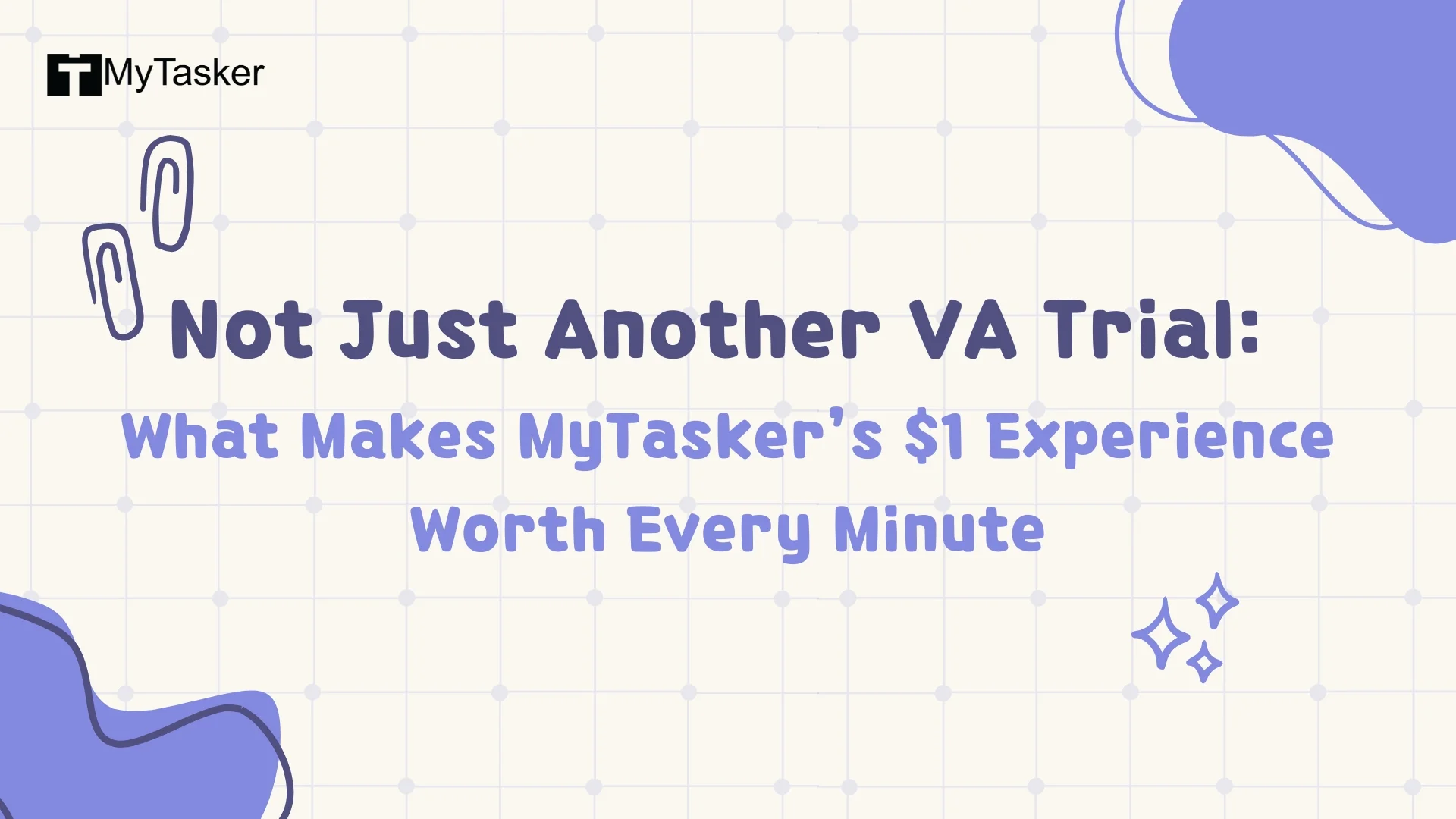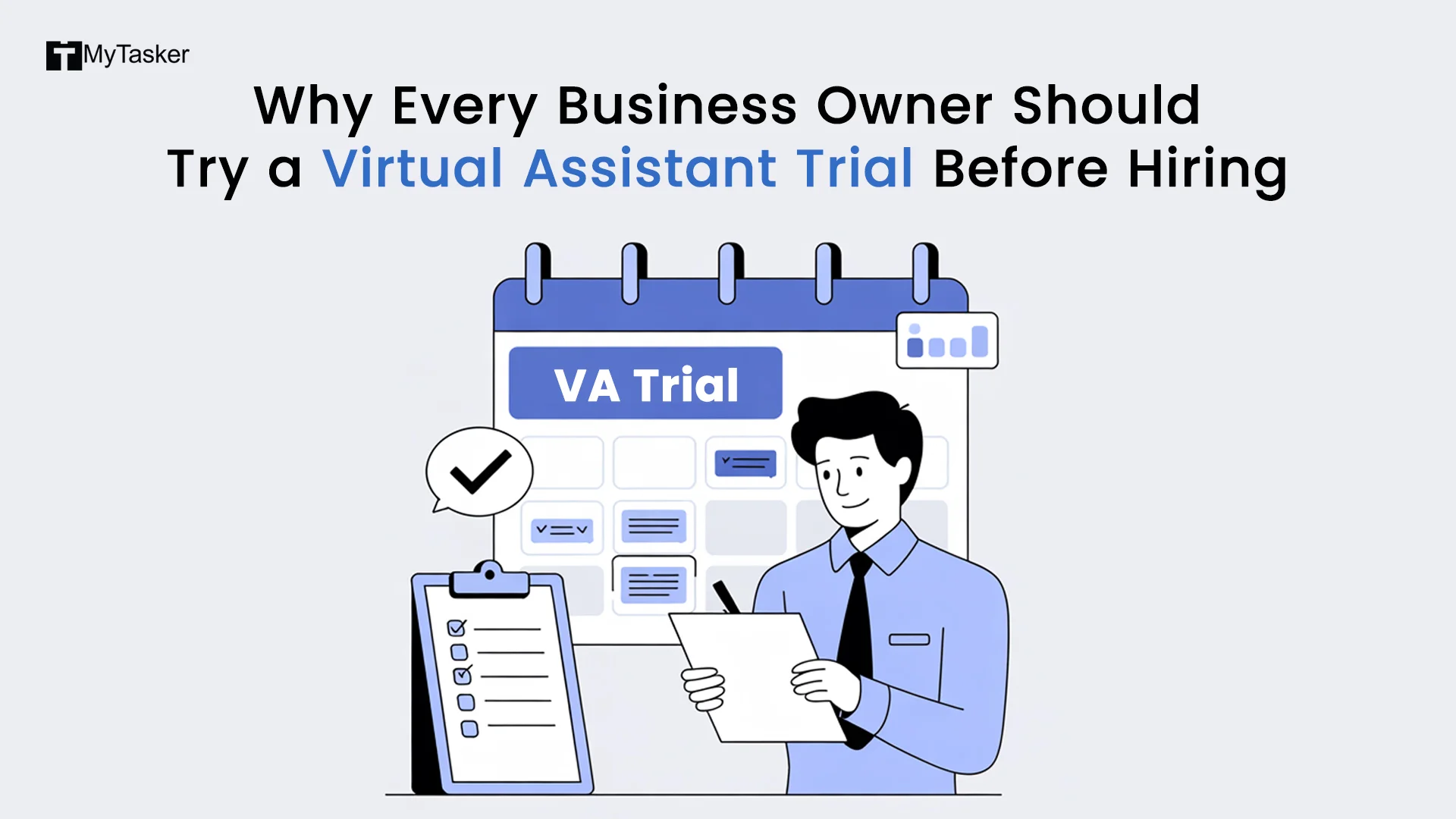When it comes to Listicles, there is a myth that is highly prevalent in the writing community. To most of us, a listicle is just another form of a clickbait article. But the fact of the matter is that a listicle is not at all a clickbait article, and just like an informative blog, a listicle can be on any topic.
However, there is also a difference between article writing and high-quality listicle writing. If you are a master at one, it does not necessarily mean that you can be a master of the other craft as well.
In this comprehensive article, we will help you understand the difference between the two so that you can hone your skill, master your craft, and be a prolific writer of engaging listicles.
What are Listicles?
A listicle is a sort of content that combines an article with a list of objects.
Simply described, a listicle is a piece of writing where you provide facts in a list manner. The reader will typically find a few paragraphs of explanation next to each list item to aid in comprehension. This will provide context and background information or explain why the item is important.
Listicles are organised in a particular precise fashion, with a numbered subheading to identify each item on the list.
A typical formal listicle includes an introduction outlining the topic, a list of items living up to the title's promise, and just enough context to briefly describe each item.
How to Write an Error-Free Listicle
Choose a Topic
The topic you chose for your listicle must be one that people are looking for if you want search engines to send traffic your way.
Using a reliable keyword research tool, such as Ahrefs' Keywords Explorer, is possible since keywords frequently reflect subjects. Simply do a general subject search before visiting the Phrase Match report to get keyword suggestions arranged according to monthly search volumes.
Make sure the subject you chose is one that you are familiar with. Otherwise, it would be difficult for you to create an interesting and useful list.
Make Sure the List Format Makes Sense
Not every subject works well as a listicle. For certain topics, like "how to tie a tie," this is rather evident. You can tell from the search that individuals are seeking a step-by-step procedure rather than a listicle with several options.
Nevertheless, not everything is always clear-cut.
For instance, if you consider the term "SEO specialist," it's unclear if the individual desired a detailed manual, a list of suggestions, or something else.
By examining the top Google results, you may determine this. The top search results are a fantastic proxy for what users are looking for because Google's business model depends on providing these relevant search results.
Be Precise and Stay Away From Fluff
The day is never long enough to do everything.
Because of this, most readers don't finish reading an article. They simply: scan and skim, searching for the data that interests them.
This is not a problem with a listicle at all.
The readers are only interested in the highlights before they are prepared to move on. For "skimmers," the listicle article format is the ideal read.
They will be able to easily discover the information they need because everything is arranged under subheadlines.
Add Links to In-Depth Information
You can provide value by pointing readers toward additional sources as needed.
Since they are thorough, great list postings can grow lengthy and cumbersome. If so, think about directing your viewers to another source for information that is more in-depth.
Instead of making your to-the-point listicle lengthy and dull, you can keep the interest of your readers engaged, by using links and directing them to another blog/article where they could get more specific details if they wanted them.
Use Relatable Examples to Explain the List
Using an example to illustrate a point on your list might occasionally be one of the greatest methods to write a listicle. Real examples are best, but occasionally a hypothetical example is just as effective.
Keep the example you choose or create one as relatable to your audience as you can. This might be challenging if diverse readers from various firms or industries make up your blog's audience. To ensure that everyone can connect, it's important to make your examples generic.
Number Your List
The next step is to list each phase, point, or item in your listicle. These should be listed out simply and numbered correspondingly.
This is a really important stage that enables you to quickly scan the entire piece and make sure it makes sense when viewed in its entirety.
At this step, make sure the items in your list are arranged as rationally as possible.
Put the things on your list in the correct order if they are steps in a process. Include the most important things or points first, as they are the ones your readers would worry about most if the order of your list items isn't logical.
Again, Be Precise with Numbers As Well
Don't say, "I must write 13 points or else," when you're writing your listicle.
What if you had far more important points than that? What if you could quickly compile a list of 25 helpful points?
On the other hand, what if you find it difficult to add any more points to your list after point number 7? Your remaining points are likely to be less important or intriguing, which results in pointless filler.
Instead, use the length of your list and the amount of information you need to provide to satisfy readers as guided by your topic.
- Google your chosen topic to discover what other people have included on their lists
- Consider your brand expertise and add whatever you feel would be beneficial based on your skills and background
- Think about what information your audience needs, and try to give it to them
- Never increase the number of things on your list solely to reach a target or to make it lengthy
Many people may advise you that putting a specific amount of items in your listicle will make it more interesting to read and attract more clicks. For example, “only use odd numbers,” “keep to multiples of 5,” and “only create lists with 1 to 9 items,” these pieces of advice should be ignored with all sincerity.
Choose a Suitable Formatting
For each and every listicle you produce, adhere to the same format.
You may certainly omit the formatting and do whatever feels appropriate. But keep in mind that the reason listicles are so common is due to their numbered list style. They are so interesting and captivating because of this.
So why alter a tested procedure?
The general guidelines are as follows:
- Create numbered headings for each item in the list
- For each item on the list, use the same level of heading (all H2s, all H3s, etc.)
- Detail each item in the list. Explain to the reader why a particular item is on the list, why they should care, and, if necessary, how to proceed
- If there is no obvious sequence in which to present your ideas, add the most important ones first. If you are outlining steps in a process, arrange your arguments chronologically
- Provide illustrations for each point, including photos.
Last but not least, think about categorizing your list if it is really large.
Verify The Consistency of Your Listicle
Your listicle should have a unified, parallel appearance. To some listicle purists, this rule should be adhered to at any cost and readers become confused if this is not done.
Here are some guidelines to take into account:
- Strive to maintain an even length between paragraphs
- To make your list of items stand out, use the same header design for each
- Ensure that the headings for your list items are written parallel to one another (e.g., if the list contains action items, each heading should begin with a verb)
- Lastly, as necessary, break up text using visuals and bullet points
Give a Clear and Appropriate Title
Happily, the headline for your listicle should come to you naturally, although it shouldn't be overly catchy.
Click-bait headlines make promises they can't keep. This implies that while your title may initially thrill your reader, they will quickly become disappointed once they click and begin reading.
By being explicit and specific about the contents of your piece, you may avoid this. Provide a description of that in your headline along with the precise number of steps or points it comprises. If needed, get help from a content-writing company to create a relevant and clear title for your listicle.
For instance, we would use the following language to describe the top eco-friendly apparel manufacturers in a listicle:
“10 Incredible Eco-Friendly Apparel Companies for Shoppers Who Care about the Environment”
Similarly, if we were compiling a list of suggestions for reducing heating and cooling costs:
"5 Easy Tips to Reduce Your Home's Heating and Cooling Costs"
Although detailed, these headlines don't make unwarranted claims. Also, they have a large front-load of the list's points.
Wrapping Up…
Looking for a reliable and experienced virtual assistant agency to take care of your high-quality listicle writing needs?
Look no further than MyTasker! Our team of skilled content writers can create engaging and informative listicles on any topic. Contact us today and let us help you create the perfect listicle for your audience!















